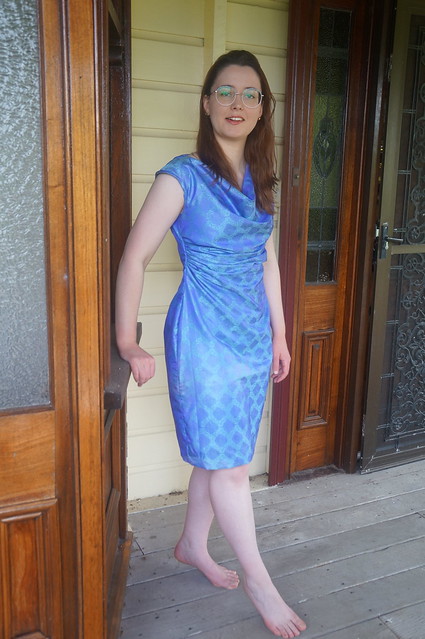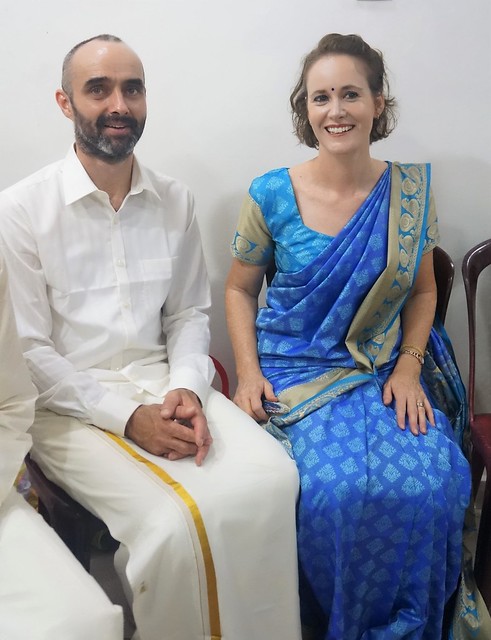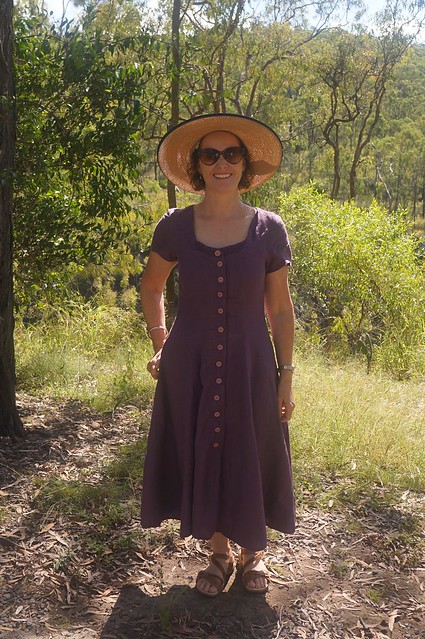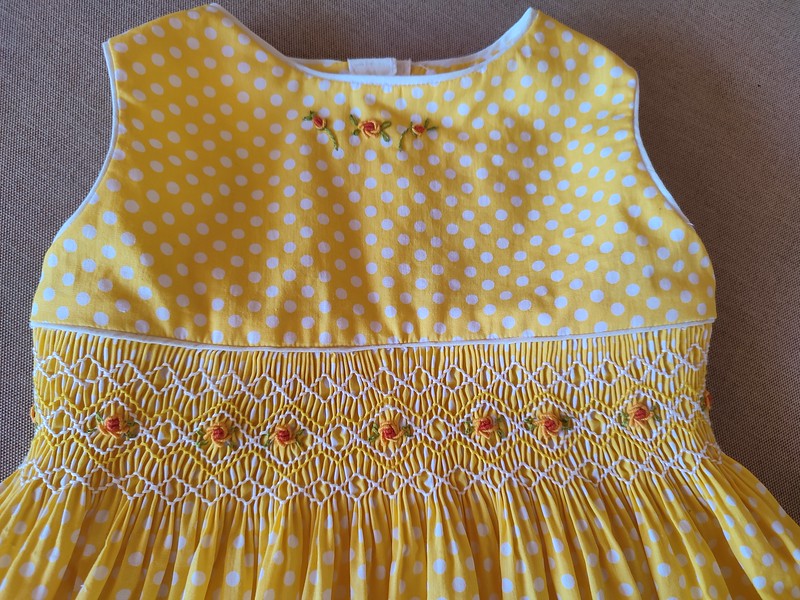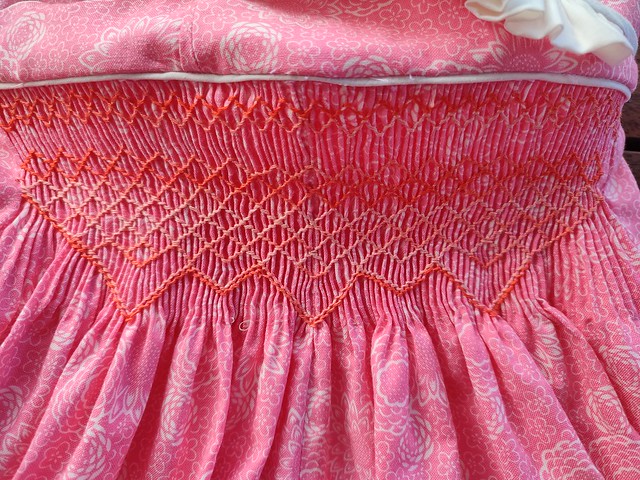This is a very exciting post for me. DD2 is engaged to Future Son-In-Law, who now that he is almost a member of our family, I consider to be fair game for my sewing blog. (I did ask permission, feeling that the general feeling of well being floating around at this particular life event was a very good opportunity for me to be gained this concession). He has actually appeared before in a headless fashion, but this is much better. I introduce FSIL, here providing handsome background for the dress that DD2 wore for engagement photos which is my excuse for putting family information on this this sewing blog. See how happy they look? We are all extremely pleased.
Okay, back to the engagement dress. This was great fun to make, and does not deserve to be overshadowed by visions of playing with silk and lace for months on end.
The pattern is Burda Style 03-2020-121, and the fabric is a cotton sateen with elastine that my daughter kindly bought me from Spotlight in March 2020 as a sewing treat due to my entry-to-Australia- from- New Zealand- in- March 2020 home isolation. Unfortunately I had to spend most of this period trying to keep our business operating, whilst not able to attend it, but the thoughtfulness of the gift still gives me warm fuzzies, so it was lovely to use the fabric as a gift for such a special occasion.
This pattern is the retro style feature from the magazine, and as you can see, we have chosen to make the dress without the sash. It was fairly straightforward to make, although the sweetheart bodice of the pattern is very high, just below the collarbones, and I have redrawn the front bodice for a more modern placement. I have never had to lower a neckline in a Burda pattern before. My other alterations, for fitting, were to shorten the bodice, take in the waist, add a little to the booty. All of these are normal alterations for my daughter. I also changed the lower bodice and the skirt pleats to darts, as we found the poochiness of the pleats gave a bulky apperance at the waist. Here is the back of the inside, where you can see that I have also added a kickpleat to the back walking slit.
On looking at the photos, I recall that we also shortenened the sleeves. So maybe it was not quite so straightforward to make as I recall, but with hopeful visions of new technical challenges ahead of me, this was not too hard to make. I will probably use the pattern again.
I have also added piping to the neckline for a tidy finish and to reduce the possibility of the neckline stretching as the fabric with elastene has this unfortunate tendency. I have also understitched the neckline ffacing to help the neckline sit well.
My daughter tells me that she likes the dress very much, and I am flattered that she chose it to wear for her photograhs.
I am looking forward to more sewing of pretty dresses.






